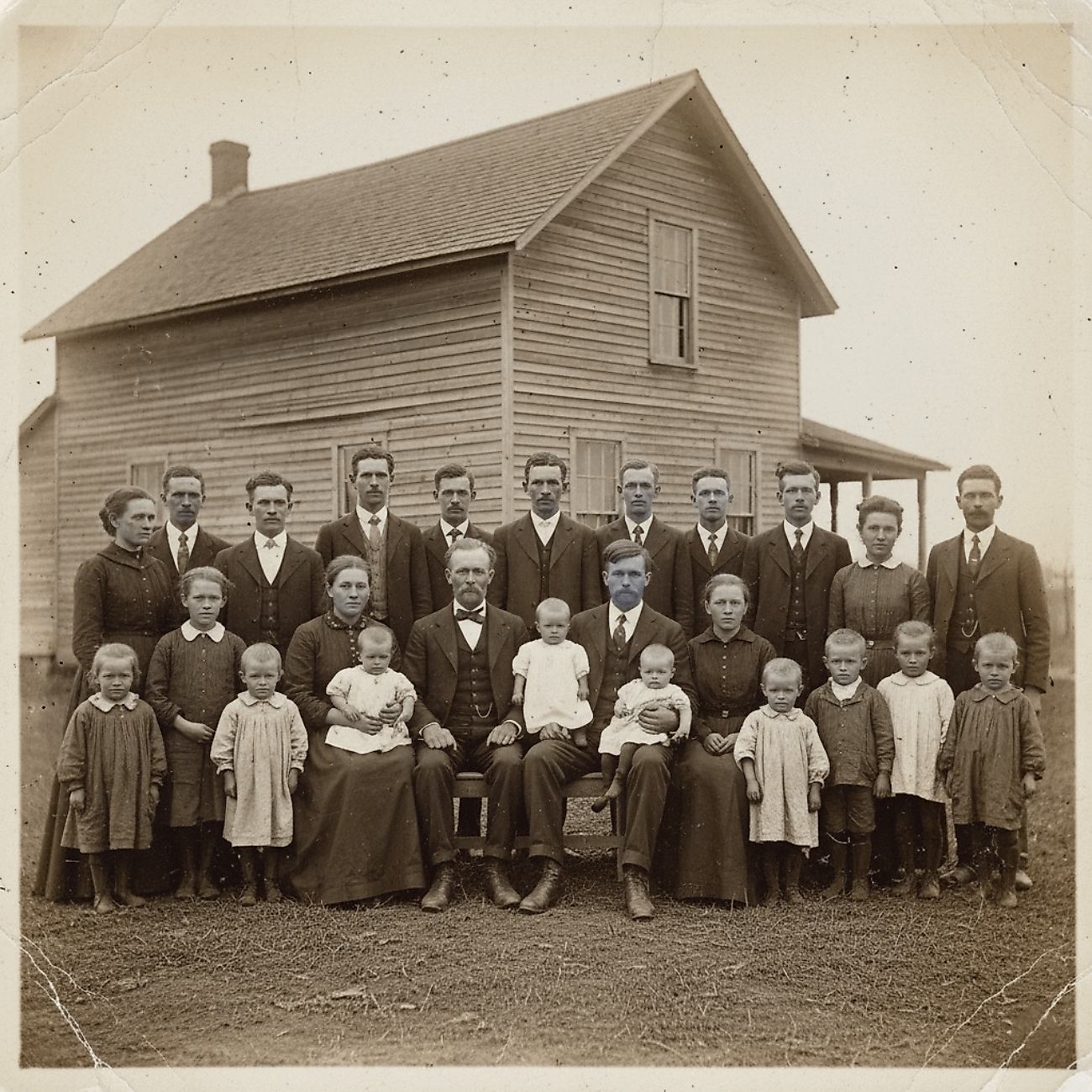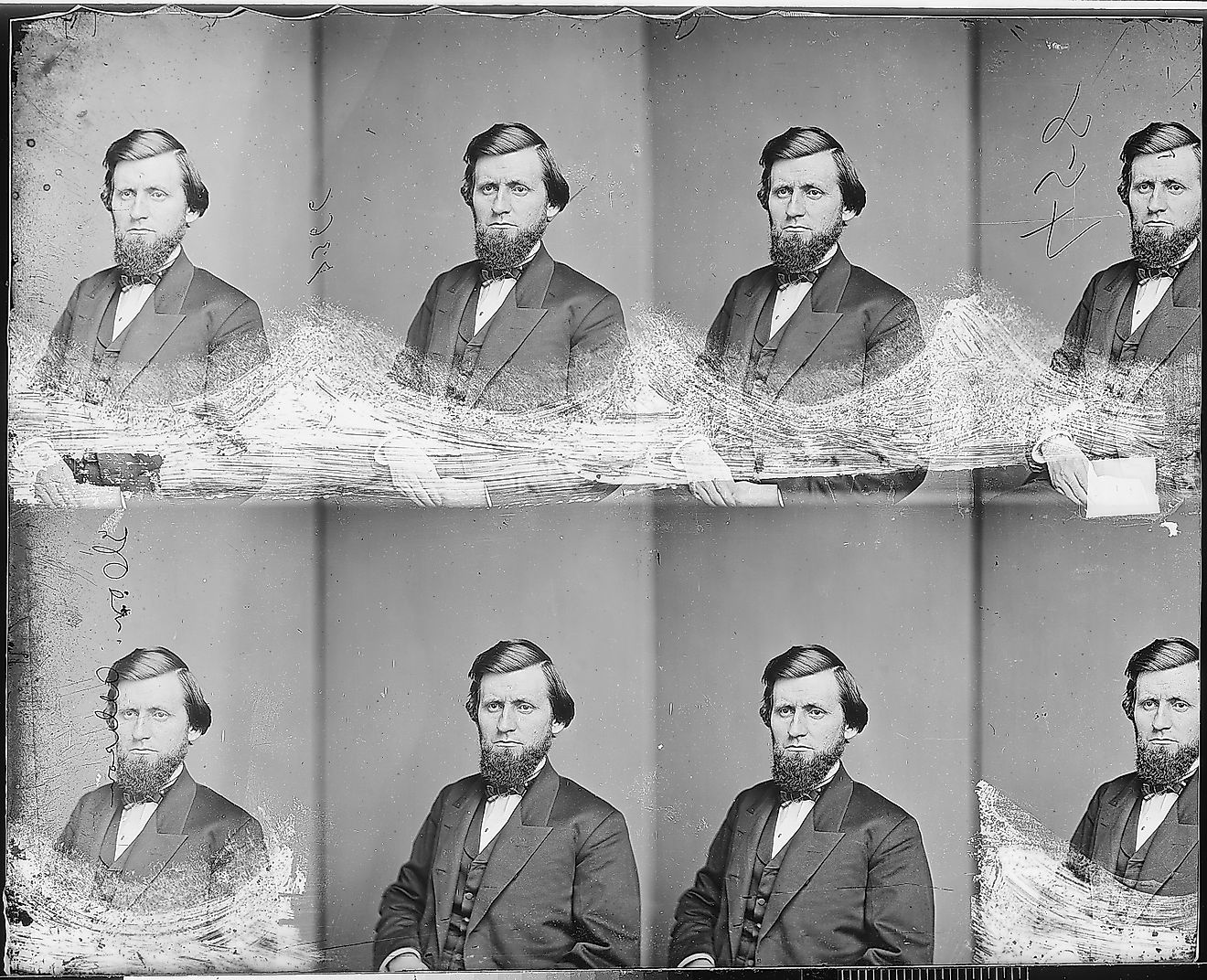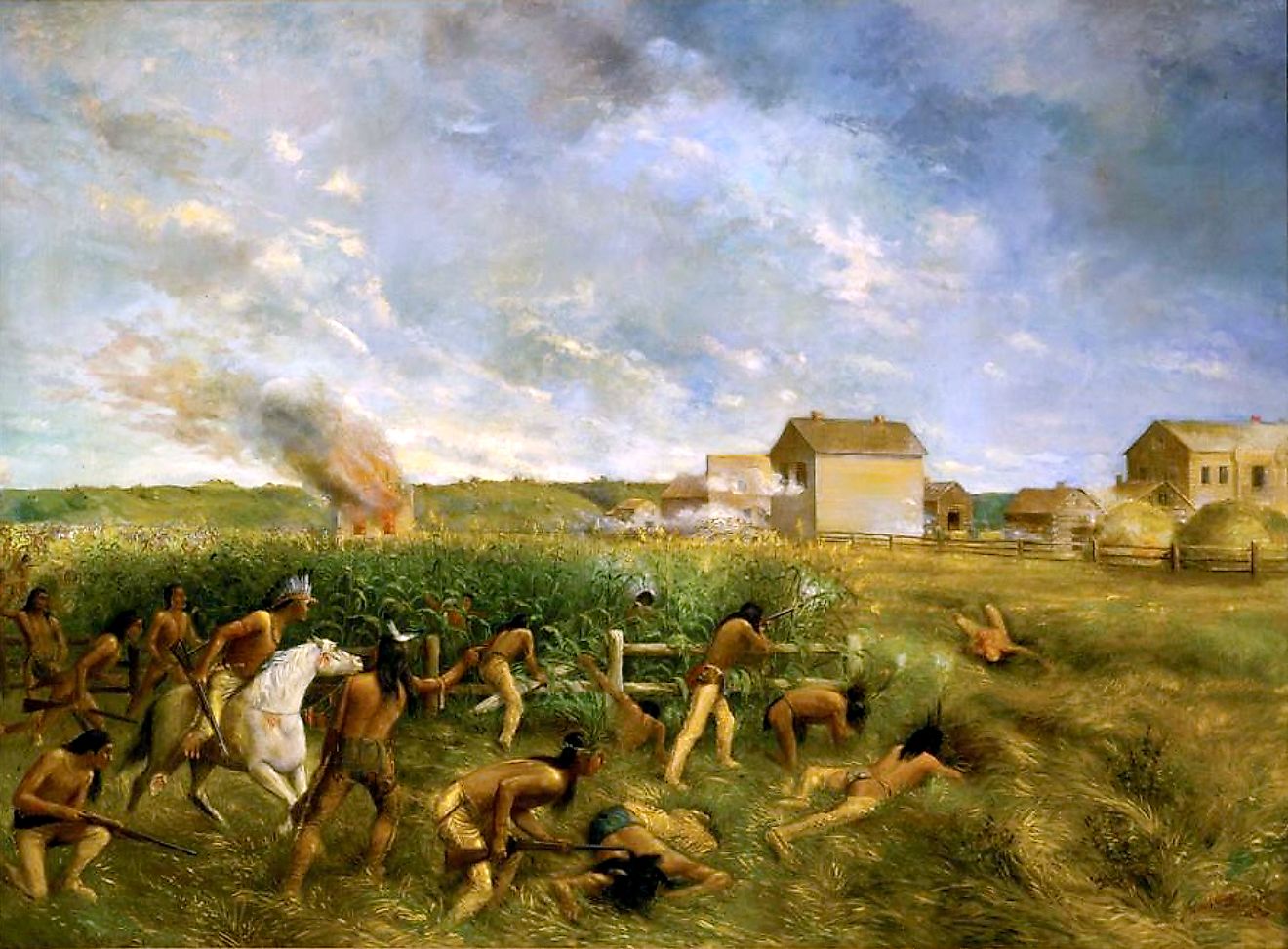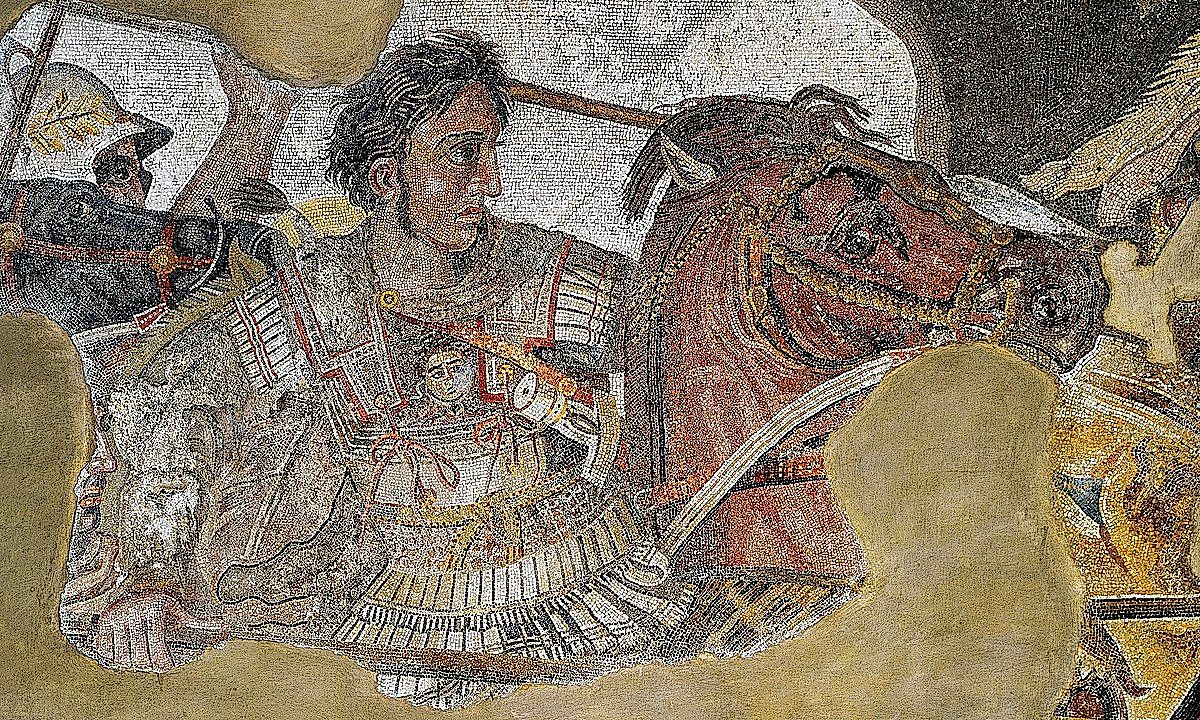
Ancient Mesopotamian Inventions That Are Still Used Today
A historical region in West Asia, Mesopotamia was once home to bustling civilizations filled with creative minds. Touted with some of the earliest developments from around 10,000 BCE, this region was pivotal in shaping human development and history. Bolstered by the technologically focused Sumerians, everything from farming to travel was improved in Mesopotamia. That said, how many of these ancient inventions are still in use today? Below are some of the most important ancient Mesopotamian inventions that are still thriving and essential to the world.
The Wheel

A simple circle designed to reduce friction for movement, the wheel is an important human advancement. From cars to fidget spinners, it is prevalent across industries for a variety of intelligent purposes. With such utility, we can thank the Mesopotamians for inventing the stunning wheel! While the exact place and time are still debated, most historians suggest that the wheel was invented around 4,000 BCE in Lower Mesopotamia. That said, it was not seen on a wagon or chariot but on a mechanism used to make clay pots. Specifically, the first wheel and axle system was spotted on a potter’s wheel which allowed a massive mechanical advantage for pottery. Although quite simple with a solid disc of wood, this innovation slowly popped up across other civilizations and became an essential component of all forms of transportation.
Development of Mathematics

Whether studying in school or making the blueprint for a new building, mathematics is essential for nearly everything humans do. Over thousands of years, people have developed a vast area of knowledge in the field of mathematics. This envelops various industries such as engineering, medicine, finance, and computer science. Among the many civilizations involved in growing mathematics, Mesopotamia is often considered the most prominent. This is because Babylonian mathematicians created arithmetic, multiplication tables, square roots, and division, and even began calculating algebraic equations back in 2,000 BCE. These advancements were first seen in ancient Mesopotamian mathematical texts. They helped create new uses for math throughout the daily life of people. For example, advanced calculations were incorporated into finance, construction, and taxation for the first time.
In addition to complex calculations, Mesopotamia’s Babylonian mathematicians are also revered for creating a common number system. Known as the sexagesimal system, it involved measuring values by the number 60. This included 60 minutes in an hour, 60 seconds in a minute, and 360 degrees in the sky. Not only did this system introduce a uniform way to measure angles and time, but it was so efficient that we still use it today! So, suffice it to say that humans would probably be stuck in ancient times ourselves without the help of ancient Mesopotamia!
Astronomy

Look up at the night sky and gazers will see beautiful stars, constellations, planets, comets, and other beautiful celestial bodies to adore. From the Orion constellation to Saturn, the only reason humans can identify what is being looked at is thanks to the ancient Mesopotamians. Dating back to around 1,000 BCE, Assyro-Babylonians were the first to document systematic astronomical observations. Incorporating their mathematical knowledge, early astronomers from Mesopotamia recorded periodic motions to discover lunar cycles. While they still did not know how far away celestial bodies were, it was a major jump from the previous lack of astronomy understanding. The work of Babylonians was so far ahead of its time that it was the norm for about 700 years, after which Greek astronomers built upon it.
The Sailboat

Traveling the waters today has become a leisurely task thanks to electric motors and engines that can power efficient propellers to cut through the water. That said, for thousands of years, sailboats were the peak of water travel allowing sailors to take advantage of the wind’s currents. Used by famous adventurers such as Christopher Columbus and Marco Polo, the important sailboat was the brainchild of Mesopotamian inventors. Specifically, the first model of a sailboat was found on a painted disc from 5,500 BCE ancient Mesopotamia. According to historians, the early Neolithic Ubaid culture of Mesopotamia developed small reed boats that took advantage of the wind’s direction. These boats used bundles of reed as sails for increased mobility and made long-distance sea trade viable. Testament to this, ancient Mesopotamians played an important role in sea travel throughout the past 7,000 years.
Mass-Produced Bricks

Known for their superior quality and durability, bricks are present in most buildings today. These useful building blocks have been around for thousands of years with early traces dating back to Turkey around 7,000 BCE. However, the process was quite primitive and only a few bricks could be made at a time. As it often requires more than just a few bricks to construct large buildings, the introduction of mass-produced bricks by Mesopotamians was a construction game-changer.
While dates vary, the earliest confirmed reports of fired bricks can be traced to between 5,000 - 3,000 BCE. At this time, Mesopotamians began using standard brick molds, filled them with clay, and dried them in the sun. This allowed continuous production and bolstered the development of large structures in ancient Mesopotamia. Further down the line, kilns (ovens) were used for drying, and the clay was tempered with sand or straw creating a faster and more durable process. So, instead of a few, a single worker could make dozens of bricks at a time. Encouraging further development and major cities, it was a milestone in human construction.
Beer

Who does not enjoy a chilled pint of beer after a hard day of work? Relieving the stress of work and perhaps helping people get some peaceful sleep, beer is a great drink to enjoy. However, this is far from a modern libation! The first concrete discovery of beer production is credited to the Sumerians of Mesopotamia back in 4,000 BCE. This is thanks to a combination of two historic items, a tablet, and a poem. The tablet was discovered in a recent Mesopotamian excavation and it showcases people drinking a beverage from a bowl. While this is not enough in itself, a Mesopotamian poem for the goddess of brewing tells the oldest known recipe of beer using barley as the main ingredient. Testament to this, most historians agree to the consensus that beer was invented in ancient Mesopotamia. Surprisingly, they didn’t stop there and continued refining the process for more than 1,000 years, until the Babylonians were producing more than 20 different types of beer!
Calendars

From our work week to festivals, a calendar helps to keep track of time and events. Now available on cell phones, this advanced method of tracking days is another one of Mesopotamia’s amazing inventions. Although timekeeping was around for many years, the Sumerians of Mesopotamia were the first to create an actual calendar. Based on their advanced sexagesimal system, the first Sumerian calendar had 360 days, 29 or 30-day months, 12 lunar months, and 12-hour days. Not so dissimilar from our current calendar, the premise was that each full moon would mark the end of a month. This calendar helped Sumerians track time for hundreds of years and was a massive leap in the understanding of astronomy at the time. To this end, it was not until hundreds of years later that the Egyptians and Babylonians advanced the calendar system incorporating the rotations of the sun, moon, and stars to calculate time.
Conclusion
From the wheel in your car to the bricks used to make your house, ancient Mesopotamian inventions are the building blocks for human society and are found everywhere. Their ideas in math and astronomy not only helped growth but also sparked creativity in future civilizations. The next time you’re drinking a beer or marking a date on your calendar, appreciate the work and history behind these simple things











